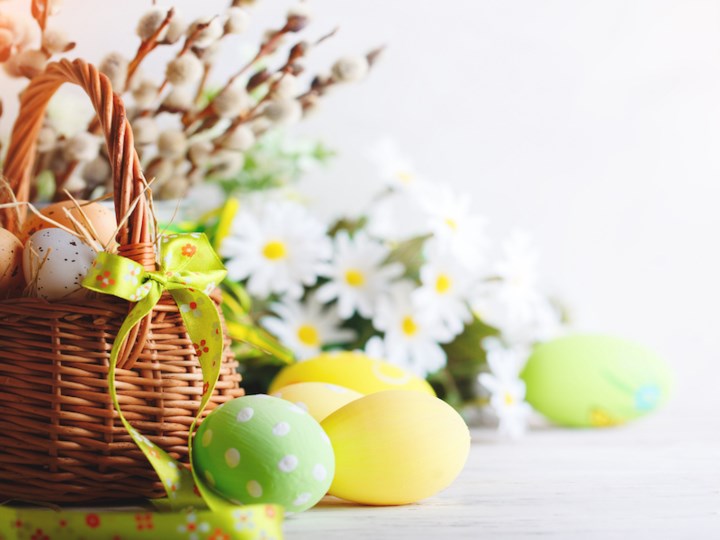As Croatia is mainly a Roman Catholic country, we can say that
Easter is the holiest day of the year and in every part of the country there are different Easter customs and ceremonies. Visiting Croatia in March or April has many advantages, and if you are able to come during the Easter period, real surprises await you! Croats take Easter seriously, which result in
countless events, processions and special traditions.
The
Holy Week begins with Palm Sunday. In many cities, various ceremonies and processions are held every night during the Holy Week. It is a great custom to
carry palm branch for blessing, but since palm branches are not so frequent in Croatia and not available to everyone,
rosemary twigs or olive branches are also acceptable as a substitute. The twigs / branches are carried to the church for blessing. After the blessing, they are most often hung in some parts of the house.
In some Dalmatian regions there is even a habit of
washing the face in the morning with water enriched with petals of different flowers that are harvested in the field or in front of the houses.
 Easter eggs are said to be a symbol of life
Easter eggs are said to be a symbol of life. At the end of Easter week, cheerfully coloured eggs are given away to family members. In Croatia we call them
“Pisanice" or “Uskrsnja jaja” (Easter egs). There are
many traditional decorating techniques.
One of the most popular techniques is
drawing with leaves, flowers and wax. All colours are made from natural colours of plants and vegetables and are usually painted with spinach, red cabbage, turmeric, blueberries, parsley, coffee, etc.…
The
most common egg color was red due to the abundance of red beets. In some areas, soot was mixed with oak to obtain a dark brown color, and green plants would be used to make a green color. Simply coloured and unadorned hard-boiled eggs remain on the table all day so that family and guests can enjoy it before serving the main meal.

On the
day before Easter, many
believers also bring baskets of food to the church for a blessing and the food is eaten the next day on Easter morning. Traditional
Easter breakfast dishes include ham that is sometimes baked in bread or roast lamb,
along with raw radishes, spring onions and horseradish.
It is also a tradition to bake a special Easter bread called pinca or sirnica. It is usually round in shape, and the sign of a cross is engraved on it which is shaped before baking.
If you want to have some fun with the whole family,
a traditional game is played in which
at least two people choose eggs and hold them vertically, while one person
taps lightly on the end of the other egg to see whose egg will burst. Anyone whose egg cracks must choose another, then tap the other person’s egg and continue until all the eggs are used up and cracked. The winner is the one who ends up holding an egg which was not cracked.

Another indispensable Easter symbol that is present in Croatia and delights our youngest is the Easter bunny. They even make cakes in the shape of a rabbit, while on Easter Sunday he brings sweets and small gifts to the children.
Easter is a happy time because it is the beginning of sunny days and the return of tourists to beautiful Croatia. Book
one of our many beautiful villas and see it for yourself! :)
Jelena Maric
04.03.2021

 MY ISTRIA GUIDE
MY ISTRIA GUIDE



